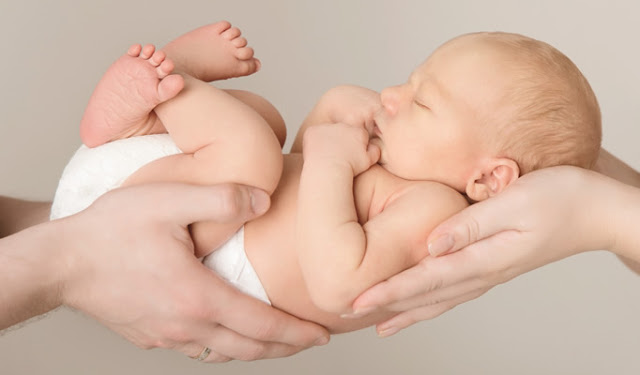IVF is a type of assisted reproductive technology used for infertility treatment and gestational surrogacy, in which a fertilised egg is implanted into a surrogate’s uterus, and the resulting child is genetically unrelated to the surrogate. Some countries banned or otherwise regulate the availability of IVF treatment, giving rise to fertility tourism. Restrictions on availability of IVF include costs and age to carry a healthy pregnancy to term. IVF is mostly attempted if less invasive or expensive options have failed or are unlikely to work.
Here are the step-by-step procedures within In Vitro Fertilisation.
- Final maturation induction: When the ovarian follicles have reached a certain degree of development, induction of final oocyte maturation is performed, generally by an injection of human chorionic gonadotropin (hCG).
- Egg retrieval: The eggs are retrieved from the patient using a transvaginal technique called transvaginal oocyte retrieval, involving an ultrasound-guided needle piercing the vaginal wall to reach the ovaries.
- Egg and sperm preparation: Approximately two weeks before the in vitro fertilization procedure is scheduled to take place, hormones are administered, either at home or by a professional, to prepare the eggs.
- Co-incubation: Oocytes and sperm are routinely co-incubated overnight, which may expose oocytes and zygotes to suboptimal culture conditions with increased reactive oxygen species (ROS) produced by sperm in this long term culture.
- Embryo culture: Embryo culture deals with the sterile isolation and in vitro growth of a mature or an immature embryo with an ultimate objective of obtaining a viable plant.
- Embryo selection: To achieve the best possible live birth rates after IVF while minimizing the risk for multiple pregnancy, one or two embryos that are considered to have the best chance of implanting are selected for transfer.
- Embryo transfer: To facilitate conception following fertilization from the in vitro fertilization procedure, embryo transfer is done. Embryos may be transferred anytime between day 1 through day 6 after the retrieval of the egg, although it is usually between days 2-4.
- Adjunctive medication: It is a treatment which goes after the primary treatment i.e., IVF. Adjunctive medication is done with an aim to assist the primary treatment method for better and favourable results.
Roots IVF as a brand-new IVF centre offers the latest fertility technology and comfort. We can help people with infertility and reproductive difficulties. at our centre we offer brilliant techniques for effective treatment from infertility.


Add Your Comment